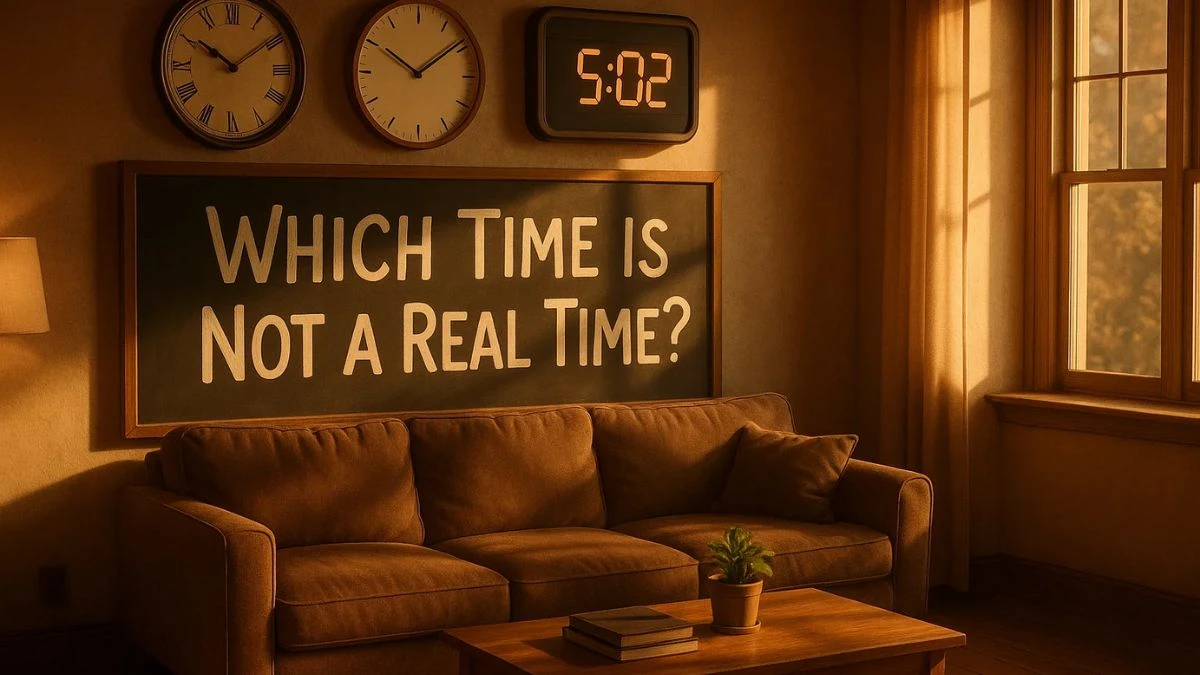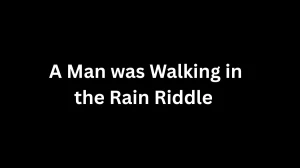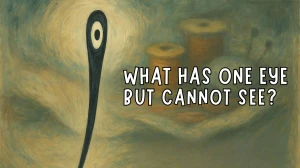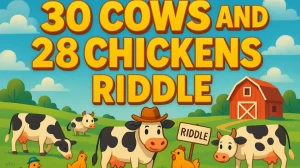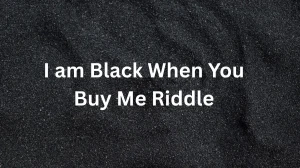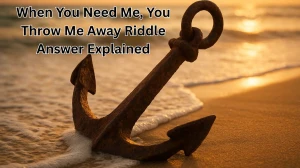Which Time Is Not a Real Time? — Riddle Answer
Riddles have a wonderful way of making us think outside the box. One such riddle that often stumps people is: “Which time is not a real time?” Let’s break down the riddle, explore possible answers, and reveal the correct one.
In this article, we’ll break down the riddle, reveal the answer, explore why it’s so tricky, and share some of the best reactions from across the web.
Understanding the Riddle
At first glance, this riddle seems to ask about time in the literal sense—hours and minutes on a clock. But, as with many riddles, the answer requires a bit of creative thinking.
Possible Answers
You might think of times that don’t exist on a standard clock, such as:
-
25:00 (There’s no 25th hour)
-
13:60 (There’s no 60th minute)
-
Midnight at noon (Impossible by definition)
But the riddle is often looking for a more playful or unexpected answer.
The Classic Riddle Answer
The most popular answer to this riddle is: “When the clock strikes thirteen.”
Or, more simply: “13 o’clock.”
Why is this the answer?
-
On a standard 12-hour clock, there is no 13 o’clock.
-
Even on a 24-hour clock, 13:00 is 1 PM, but “13 o’clock” is not how we express the time.
The phrase “when the clock strikes thirteen” is used in literature to mean something impossible or unreal.
Other Fun Interpretations
Some versions of the riddle may accept:
- “Never time” (because “never” is not a real time)
- “Bedtime for a vampire” (since vampires don’t sleep at night!)
But the most widely accepted answer remains “13 o’clock”.
Why Did This Riddle Go Viral?
Several factors contributed to the riddle’s viral spread:
-
Simplicity with a Twist: The riddle appears simple, prompting many to overthink or second-guess themselves. People expect a “catch,” which makes them question their own logic.
-
Universal Experience: Everyone uses clocks and is familiar with these times, making the riddle accessible and relatable to a wide audience.
-
Social Media Engagement: Riddles like this thrive on platforms where users can debate, share answers, and challenge friends, fueling rapid sharing and discussion.
-
Psychological Appeal: The satisfaction of solving a puzzle that others find tricky gives people a sense of accomplishment and encourages them to share the experience.
-
The “Aha!” Moment: When people realize that all options are correct, it delivers a satisfying twist—one of the key ingredients for viral content

